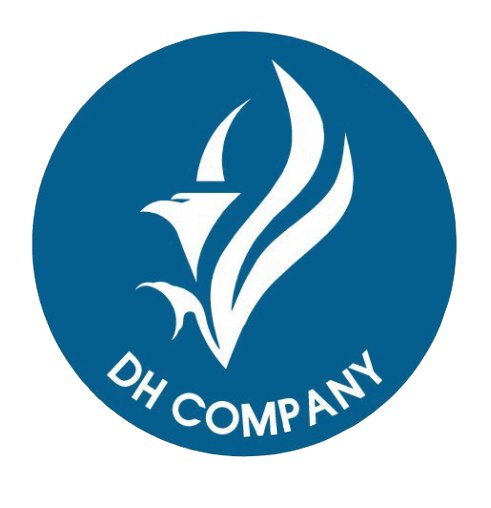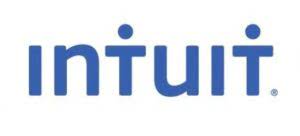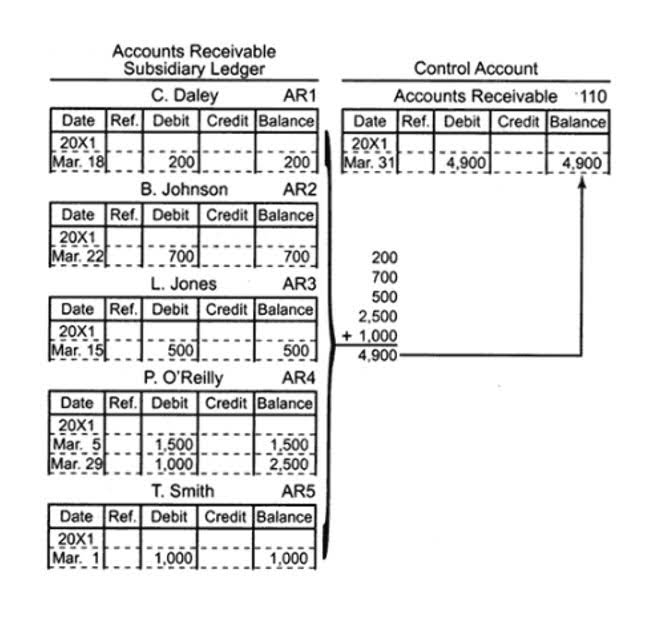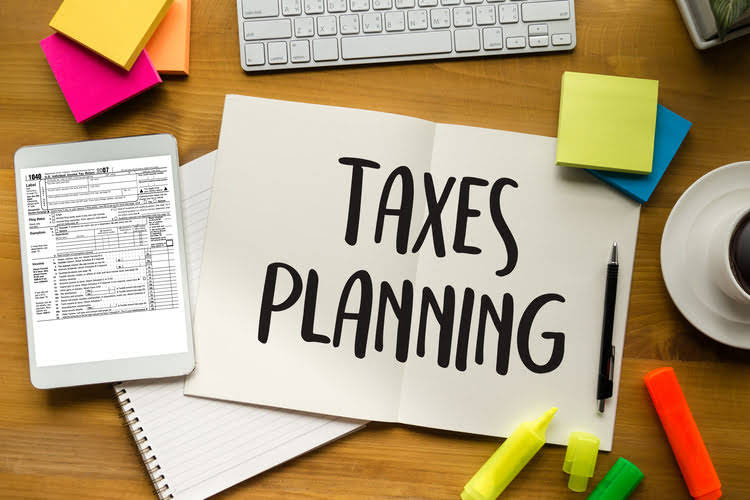You just need a firm grasp on how you spend your money and you’re good to go. Gross burn rate is the total amount of money a company spends in a specific period, excluding any revenue generated. The burn rate provides critical insights into the startup’s financial health, capital efficiency, growth potential, cost control, and future funding requirements. The burn rate measures how quickly a startup is depleting its cash reserves, which helps founders determine how long the company can operate before needing to generate additional revenue or raise funding.
Pursue partnerships with other companies.
It’s a vital component that will guide how you spend, how you forecast, when you opt to turn to investors, and how you make strategic decisions for your business. If you burn $25,000 per month and have $100,000 left in reserves, you have four months of runway left. It is important to track bookkeeping the burn rate of a project to determine how well a sprint is progressing. This means the project is being expended at a slower than planned pace and is currently under budget.
Fixed Costs
- Optimizing pricing, bundling, and packaging can increase the average revenue per user (ARPU) without adding new customers.
- To calculate the net burn rate, you’d subtract $5,000 from $30,000 for a net burn rate of $25,000 per month.
- However, they must also stay aware of how quickly they’re spending cash, and ensure they’re using capital responsibly.
- The burn rate is used by startup companies and investors to track the amount of monthly cash that a company spends before it starts generating income.
- As mentioned earlier in this article, early-stage startups that focus on rapid growth and customer acquisition may have higher burn rates.
- Together, these metrics provide valuable insights for making strategic planning decisions, giving them a better idea of when they’ll need to secure additional funding, or risk going out of business.
A mismanaged burn rate can lead to several undesired consequences for a company. As a company spends more money than it earns, it may resort to borrowing in order to sustain its operations. This can result in a significant debt burden that can negatively impact the company’s financial health and its ability to secure future funding.
- A company’s ability to manage its burn rate is crucial in determining its long-term success and growth potential.
- It will also help make sure your calculations aren’t skewed by an extraordinarily good (or bad) sales month.
- Gross burn rate is a metric that shows total spending, while net burn rate provides a better picture of a company’s cash flow and runway.
- For the sake of example, let’s say your current cash holdings total $250,000.
- A low burn rate by itself isn’t enough to guarantee a successful business.
- A typical goal is to have months of runway so that the startup can operate without running out of cash.
How Streamlined Communication Boosts Efficiency and Profits in eCommerce Businesses
Companies with a consistent positive cash flow are generally considered to be financially healthy. Keep in mind that burn rates can fluctuate due to changes in monthly expenses, income, or cash injections, so it’s crucial to monitor them regularly. A company’s ability to manage its burn rate effectively is vital for long-term sustainability, as it ensures that sufficient cash is available to cover ongoing expenses and fund future growth. Net calculation provides a more comprehensive view by incorporating cash inflows, such as revenue from sales or investment income. This approach helps businesses assess their true financial position by considering the balance between money coming in and going out. For example, a company with substantial gross expenses might appear financially strained.
Burn Rate Formula
Later on, we will discuss some strategies that could positively affect burn rate. Burn rate is a crucial metric that every startup needs to track diligently. SaaS products, biotech R&D, and not-yet-launched services all require huge upfront investments before they’re fully functional, which can take years. Even after GTM launch, many companies need to iterate on sales and marketing strategies before generating enough revenue to cover their expenses. When you subtract your operating costs from the revenue, you’re left with how quickly you are consuming your capital after accounting for your income.
Understanding Burn Rate
So, if you’re a startup or VC-backed company, you’re probably eager to understand how your burn rate relates to other businesses in your field or industry. Unfortunately, there’s no golden ratio for burn rate what is the formula for determining burn rate vs. cash runway or the amount of money you have in the bank. Net burn rate is the difference between a company’s total expenses (gross burn) and total revenue, typically measured monthly.
Is burn rate the same as expenses?
We take monthly bookkeeping off your plate and deliver you your financial statements by the 15th or 20th of each month. If you’re familiar with double-entry accounting, you’ll notice that net burn and net profit operate similarly. If absolutely necessary, consider downsizing your workforce or scaling down production if the lower overhead means you can survive until your next investment round.
Scale your startup with Rho today
By leveraging these financial tools, companies can ensure a stable https://www.bookstime.com/articles/accountant-for-startups financial future and pave the way for growth and success. When entering the growth stage, a company has successfully demonstrated product-market fit and starts to aggressively scale its operations. The burn rate during this phase is still important, although it may increase significantly as the company reinvests profits to fuel further growth.








